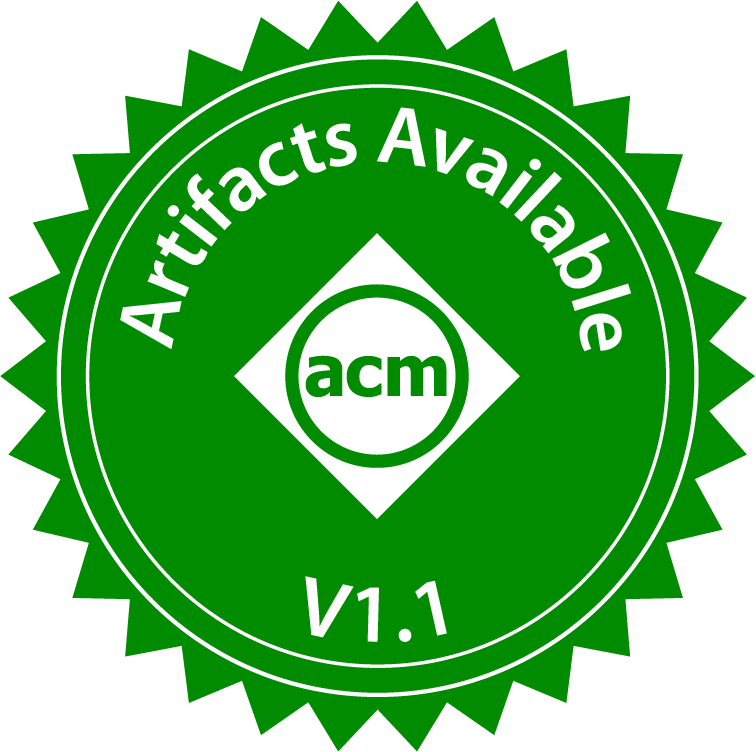HIFuzz: Human Interaction Fuzzing for Small Unmanned Aerial Vehicles
Abstract
Supplemental Material
- Download
- 27.02 MB
- Transcript
- Download
- 72.47 KB
- Download
- 13.69 MB
References
Index Terms
- HIFuzz: Human Interaction Fuzzing for Small Unmanned Aerial Vehicles
Recommendations
Towards Autonomous Autorotation Landing for Small Size Unmanned Helicopters
The consideration of safety issues in the operation of helicopters involves the capability to perform emergency descending maneuvers through the autorotation principle when the engine is no longer supplying power. When comparing manned and unmanned ...
Unmanned aerial vehicles
As unmanned aerial vehicles have become more affordable, their popularity with the general public and commercial organisations has seen significant growth in recent years. Whilst remaining a device for both the hobbyist and aircraft-enthusiast to enjoy, ...
Comments
Information & Contributors
Information
Published In

Sponsors
Publisher
Association for Computing Machinery
New York, NY, United States
Publication History
Check for updates
Badges
 Artifacts Available / v1.1
Artifacts Available / v1.1 Honorable Mention
Honorable Mention
Author Tags
Qualifiers
- Research-article
- Research
- Refereed limited
Data Availability
Funding Sources
Conference
Acceptance Rates
Contributors
Other Metrics
Bibliometrics & Citations
Bibliometrics
Article Metrics
- 0Total Citations
- 353Total Downloads
- Downloads (Last 12 months)353
- Downloads (Last 6 weeks)44
Other Metrics
Citations
View Options
Get Access
Login options
Check if you have access through your login credentials or your institution to get full access on this article.
Sign inFull Access
View options
View or Download as a PDF file.
PDFeReader
View online with eReader.
eReaderFull Text
View this article in Full Text.
Full TextHTML Format
View this article in HTML Format.
HTML Format
